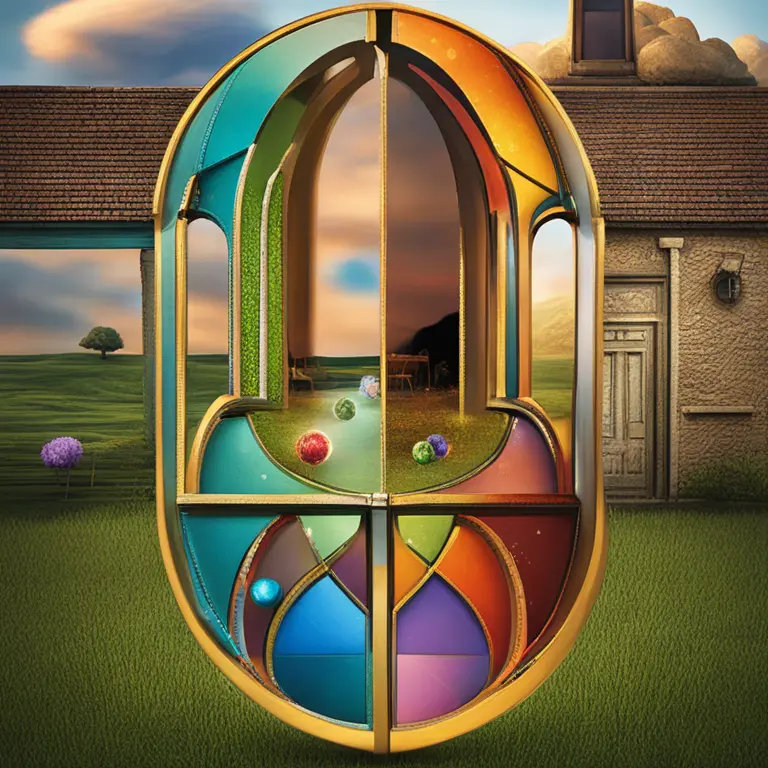
Palmistry's Mystery: The Absent Life Line
Discover the significance and meaning behind a missing life line in palmistry, and what it may indicate about a person's vitality and life journey.
article by Nora Pennington
Introduction to Palmistry and the Life Line
Palmistry, or chiromancy, has been observed for centuries as a way to interpret personal attributes and predict future events by studying the palm's lines. The life line, one of the palm's most scrutinized features, is traditionally believed to represent a person's vitality, health, and major life changes. A well-defined life line is often associated with a strong and robust energy throughout life, whereas variations in the line can suggest significant experiences that may alter a person's journey. But what does it mean when someone has no life line present on their palm at all? This rare occurrence has intrigued palmists and seekers of self-knowledge alike, leading to various interpretations.

Myth-Busting: No Life Line Does Not Mean No Life
A common misconception is that an absent life line forecasts an abbreviated lifespan or imminent health issues. It's important to bust this myth: people with no life line can live just as long and healthy lives as those with prominent lines. In palmistry, the absence of the life line suggests a lifestyle or personality that may not conform to traditional expectations. These individuals are often seen as free-spirited and adaptable, facing life’s unpredictability with resilience and a touch of wanderlust.

Character Traits Revealed by Absence of Life Line
Without a life line to guide the interpretation, palmists turn to other lines and features of the hand. Those without a life line can be seen as thrill-seekers who relish freedom and embrace a nomadic existence. They may also harbor a profound ability to reinvent themselves, overcoming adversities without clear, predestined paths to follow. This lack of a life line could indicate a life less bound by routine, possibly brimming with unexpected twists and turns.

The Role of Supplemental Lines and Marks
In absence of a life line, supplementary lines like the head line and heart line, as well as other markers on the palm, gain greater prominence. These lines may offer insight into the intellectual pursuits and emotional well-being of the person. A strong heart line, for instance, could denote a life led by passion and emotional fulfillment, while a prominent head line might suggest a life of intellectual exploration. Additionally, mounts and fingerprints provide a wealth of information that can compensate for the missing life line, offering a broader and more nuanced view of one's disposition and potential experiences.
Technological Evolution and Modern Palmistry
As we continue in 2024 and beyond, the practice of palmistry adapts with the times. Advances in technology have introduced digital palm reading, utilizing high-resolution scanning and sophisticated algorithms to analyze palm patterns with exquisite detail. Even in this high-tech age, the principles of palmistry remain grounded in tradition, but the tools used to interpret the hands have become vastly more precise and intricate, reflecting the modern era's quest for clarity and self-understanding.
Embracing the Journey Rather Than the Destination
Ultimately, the absence of a life line underscores a fundamental palmistry principle: our hands tell a story of who we are today and hint at potential futures, but they do not dictate our fate. Each person's life journey is uniquely their own, a tapestry woven from individual choices, circumstances, and opportunities. Without a life line, an individual may be more attuned to living in the moment, perhaps understanding on an innate level that it is the journey, not the destination, that matters most.
Published: 1/11/2024
Modified: 1/12/2024
More predictions
Come back here soon to learn more about yourself and your future


Can Palmistry Predict Your Path Incorrectly?
Delving into the accuracy of palm readings, this article examines whether palmistry can lead to incorrect predictions about one's life and destiny.


The Possibility of Palmistry in Cancer Detection
Examining the claims that palmistry holds any potential in identifying the risk of cancer: a deep dive into the world of mysticism and medicine.


Palmistry: The Historical Overview
Delve into the dawn of palmistry and trace its journey through the corridors of time, uncovering the roots of this ancient practice.